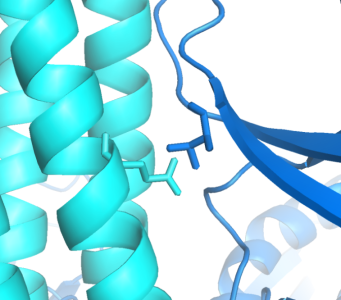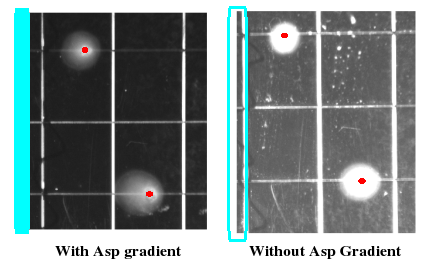University of California San Francisco 2006
From 2006.igem.org
(→Chassis) |
(→Plasmid) |
||
| Line 36: | Line 36: | ||
Receptors used in the orthogonal interaction will be expressed off the plasmid. | Receptors used in the orthogonal interaction will be expressed off the plasmid. | ||
| - | + | ||
| - | + | ||
| - | + | ||
== Thanks == | == Thanks == | ||
*[http://www.chemeng.uiuc.edu/Faculty/rao.html Chris Rao] | *[http://www.chemeng.uiuc.edu/Faculty/rao.html Chris Rao] | ||
Revision as of 21:00, 30 October 2006
Contents |
The University of California at San Francisco 2006 iGEM Team
The international Genetically Engineered Machine Competition is an opportunity for emerging young scientists of all disciplines to tinker with the proverbial Rube Goldberg machine of life. This is the UCSF team's third year in the program, and to celebrate our three years, we had a members-only contest to develop a team logo. More information on the logo is forthcoming.
Team Members
- Ala Trusina
- Patrick Visperas
- Kevin Shay
- Matt Eames
Faculty Advisors
- [http://www.voigtlab.ucsf.edu/ Chris Voigt]
- [http://kortemmelab.ucsf.edu/ Tanja Kortemme]
Aspirations, Dreams...
What if we could control chemotaxis? Could we put bacteria on plate and steer them through a maze? Would it be like operating a remote-controlled car?
These were the questions that inspired team UCSF to tinker with bacterial chemotaxis. Naturally, bacteria don't have the same electric components that your remote-controlled buggy does, but there are parts we can harness to control motility.
The UCSF iGEM team has endeavored to control chemotaxis by selectively expressing CheW mutants which will participate in an orthogonal interaction with the methyl-accepting chemotaxis protein Tar. The project will be broken down into three major components:
- Design and construction of the orthogonal interaction: An existing orthogonal interaction, to be used as a starting point prior to computational redesign, was discovered by [http://www.ncbi.nlm.nih.gov/entrez/query.fcgi?db=pubmed&cmd=Retrieve&dopt=AbstractPlus&list_uids=1860813&query_hl=2&itool=pubmed_docsum Liu and Parkinson] in 1991.
- Implementation of the genetic switch: This will allow us to toggle between the selective expression of either CheW.
- Validation of chemotactic properties through specially developed assay: originally developed by the good folks at the [http://www.physics.upenn.edu/facultyinfo/goulian.html Goulian Lab] in 2006.
Receptor Specificity
Much work is available in the literature regarding the changing of chemoreceptor specificity. Some of the options include:
- Directed evolution
- Computational redesign
- Chimeric construction (perisplasmic and cytoplasmic domains of the different receptors can be swapped)
We will be using a mutant version of the E. coli Tar (asparate-sensitive) receptor that has been evolved to respond to phenylalanine, a natural chemorepellant. The responsiveness of this mutant has been characterized and was found to have comparable chemotactic capabilities to that of wild-type Tar.
Chassis
To eliminate interference from other naturally occuring receptors in E. coli, a strain with all receptors (Tar, Tsr, Tap, Trg, Aer) knocked out, provided by the Parkinson Lab, will be used in this work. The UCSF iGEM deleted CheW from this strain so that all CheW might be expression off the plasmid.
Receptors used in the orthogonal interaction will be expressed off the plasmid.
Thanks
- [http://www.chemeng.uiuc.edu/Faculty/rao.html Chris Rao]
- [http://www.biology.utah.edu/faculty2.php?inum=6 Parkinson Lab]
- [http://www.physics.upenn.edu/facultyinfo/goulian.html Goulian Lab]
Links
- [http://www.ucsf.edu UCSF]




